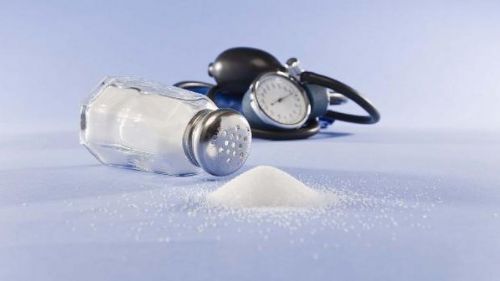| Estudo pioneiro na João de Meira | |
| Por Maria João Mota Prego Cotter (Professora), em 2013/09/26 | 1586 leram |  0 comentários | 0 comentários |  267 gostam 267 gostam |
| Salt intake in children 10-12 years old and its modification by active working practices in a school garden. | |
 Authors: Cotter; Jorge; Cotter, Maria J.; Oliveira, Pedro; Cunha, Pedro; Polónia, Jorge Abstract: Objective: The aim of the study was to evaluate the 24-h urinary sodium excretion in children of 10–12 years at a school in the north of Portugal and to examine the influence on salt intake and blood pressure of three different educational interventions for 6 months. Methods:Blood pressure (BP) and sodium excretion in 24-h urinary samples (UNa+) validated with urinary creatinine were measured in 155 children 10–12 years old belonging to nine classes at baseline and after 6 months of three educational interventions in students from three classes each after parents consent was obtained. Interventions consisted in no additional action [control (CTR)], weekly lessons about the dangers of high salt intake [Theoretical (THEOR)] and both lessons and working practices in the school garden of planting, collection of herbs for salt substitution at home [practical (PRACT)]. Results:At baseline 139 students (76 girls and 63 boys) were eligible showing average 24-h UNa+ of 132 ± 43 mmol/24 h (mean salt intake of 7.8 ± 2.5 g per day) and BP of 118/62 (13/9) mmHg that did not correlate to each other. At the end of the study, versus baseline, BP decreased by 8.2/6.5 mmHg in CTR (n = 31), by 3.8/0.6 mmHg in THEOR (n = 43) and by 3.5/0.7 mmHg in PRACT (n = 53) and salt intake was reduced by 0.4 ± 2.4 g per day in CTR, by 0.6 ± 3.2 g per day in THEOR and by 1.1 ± 2.5 g per day in PRACT. It was observed that salt intake variation was not independent of the group (CRT, THEOR and PRACT) (χ2, 9.982, P = 0.041). Salt intake was significantly reduced only in the PRACT group (1.1 g per day) and in the PRACT group the percentage of children who reduced salt intake by at least 1g per day from baseline to the end of the study was significantly higher (50.9%) than that of the other groups, THEOR, 48.8% and CTR, 32.2%. Conclusion:Our data indicates that children 10–12 years old have a high salt intake that is well above the proposed recommendations and that a strategy based on theoretical and practical education may achieve in some children an important reduction in daily salt intake which, if maintained over time, may assume important public health implications. These results suggest that in those children a more complete theoretical and practical intervention is more productive and efficient towards reduction of salt intake than single theoretical or no intervention. PubDate: Tue, 01 Oct 2013 00:00:00 GMT- | |
| Comentários | |

